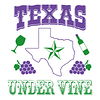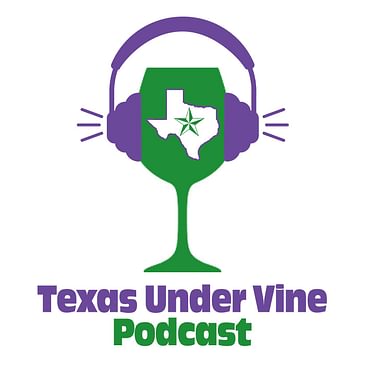Join me on a delightful and educational journey through the Texas Hill Country to a destination called Inwood Estates Vineyards. Located on the Wine Road 290, this amazing location has been producing luxury wines and incredible experiences for the last 10 years in this location. But their experience goes back over 40 years and they really know how to bring out the best in a grape varietal.
Inwood Estates Vineyards
Become a Patreon of Texas Under Vine and get access to bonus content, like photo galleries from the episode, video walkthroughs of the location, and sneak peek videos of where I'm headed next for future episodes!
Video Podcast (https://youtu.be/bL-a9wv_pdU)
---------------------------------------------------------------
Locations mentioned in this episode:
Newsom Vineyards
Narra Vineyards
"With hard work and luck, Texas Hill Country emerges as a wine region" - Washington Post article from 10/26/2023
---------------------------------------------------------------
Texas Regions Guide (see website for map):
CT - Central Texas
ET - East Texas
GC - Gulf Coast
HC - Texas Hill Country
HP - Texas High Plains
NT - North Texas
ST - South Texas
WT - West Texas
---------------------------------------------------------------
---------
Texas Regions Guide (see website for map):
CT - Central Texas
ET - East Texas
GC - Gulf Coast
HC - Texas Hill Country
HP - Texas High Plains
NT - North Texas
ST - South Texas
WT - West Texas
---------
Be sure to check out https://www.TxWineLover.com!
Merchandise Store (https://texasundervine.company.site)
Become a Patreon of Texas Under Vine and get access to bonus content, like photo galleries from the episode, video walkthroughs of the location, and sneak peek videos of where I'm headed next for future episodes! (https://www.patreon.com/texasundervine)
http://www.texasundervine.com
YouTube: https://www.youtube.com/@texasundervine
Email: scott@texasundervine.com
Facebook: https://www.facebook.com/texasundervine/
Instagram: https://www.instagram.com/texasundervine/
X/Twitter: https://twitter.com...


